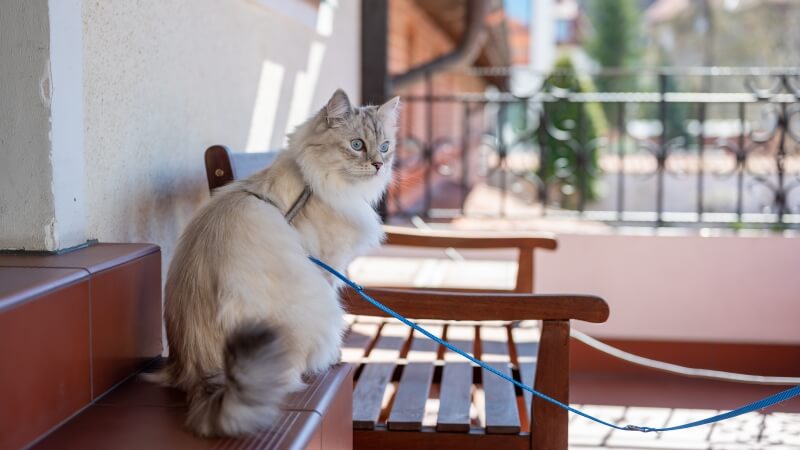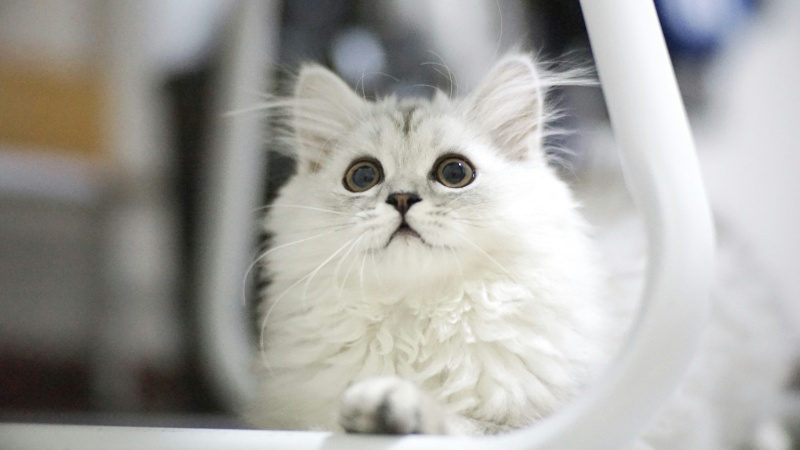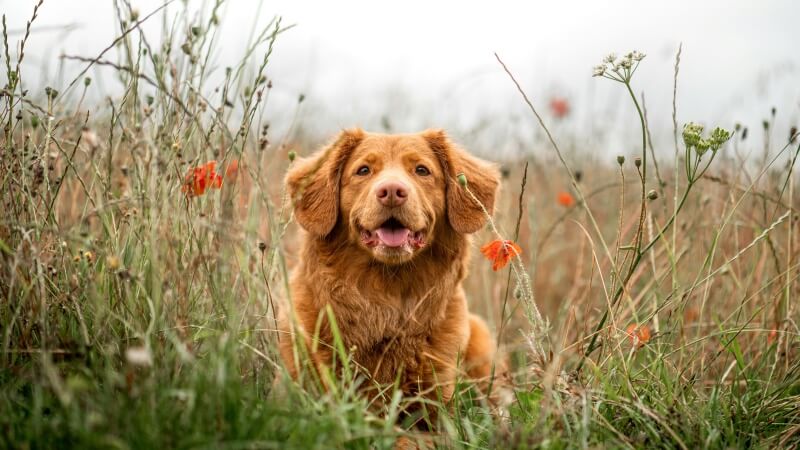
How To Craft A Cozy Cat Vest From Fabric Strips
Have you ever seen your feline friend lounging around and thought, “What could possibly make this picture more adorable?” The answer is simple: a cat

In this guide on how to put a harness on a cat, we delve into the steps and considerations for safely harnessing your feline companion. Taking your cat outdoors is not only enjoyable but also provides essential exercise and mental stimulation.
To ensure a safe and comfortable experience, the right harness is crucial. This comprehensive guide will walk you through the types of harnesses suitable for different cat sizes and personalities, and provide detailed instructions for fitting various harness styles, ensuring a perfect fit for your furry friend’s outdoor adventures.
Taking your feline friend outdoors can be an enriching and enjoyable experience, providing your kitty with exercise and a chance to indulge in their natural inquisitiveness. However, for a safe and comfortable walk, a harness is essential.
Patience is key in familiarizing your cat with their new harness. The ideal approach involves:
Selecting an ideal cat harness for your feline can be a bit overwhelming with so many choices available – ranging from vest types to H-shapes, and step-in designs. Beyond matching your cat’s personality, it’s crucial to find a harness that suits their size perfectly.
For young kittens, opt for a snug, small, or extra-small harness. As your kitten grows, consider purchasing a slightly larger size to accommodate their growth.
An adjustable harness is an ideal for tiny, growing kittens, and ensures comfort as they become accustomed to a harness. (Alternatively, explore the kitten harness and leash combo.)
Smaller adult cats can benefit from an affordable, cozy step-in harness. These harnesses offer a secure, comfortable fit – snug enough to prevent escape but not overly tight. For these smaller cats, a small-sized harness is recommended.
Bigger cats require a harness that combines breathability with security. A large-sized harness in any style should suffice.
Vest-style harnesses are known for their comfort and security, but you might want to test different types to see which your cat prefers. H-Style Harnesses are another excellent option, offering more mobility and flexibility for your cat.
For adult cats, a medium or large lightweight harness is ideal. The best harness type depends on your cat’s comfort, but starting with a reflexive step-in harness or an H-Style cat harness is typically a good choice.
A general guideline for a proper cat harness fit is the ability to slide two fingers between the harness and your cat.
However, for cats skilled in escapology, a more snug harness may be necessary. Vest-style harnesses are often ideal for such felines, as they offer less wiggle room for escape.
Remember, if your kitty appears uncomfortable or has difficulty walking, it’s important to ensure that the harness isn’t overly tight.
Once you’ve successfully completed harness training, follow these steps to put a harness on your cat.
An H-style harness features two interconnected loops that fasten around your cat’s neck and belly, complete with ergonomic adjusters. Cat harness stands out with its fully adjustable straps for the neck, belly, and back, ensuring a perfectly snug fit.
Vest harnesses envelop your cat much like a sweater vest, and they typically secure in place using either velcro or buckles. To begin, open the harness by undoing the buckles or velcro, so it lays flat.
Step-in harnesses are often suitable for older cats who require gentle handling, though be aware that younger, more agile cats might find them easier to escape. These harnesses get their name because your cat steps into them, although you might need to help guide their paws through.
Introducing your cat to a harness is a crucial step for outdoor explorations, providing them with exercise and stimulating their curiosity. A harness ensures their safety and comfort during walks.
Familiarizing your cat with a harness requires patience. The process involves:
When planning outdoor trips, pack essentials like a collapsible food bowl, a bed, and a cat backpack.
Mastering how to put a harness on a cat is a valuable skill for any cat owner who wishes to safely explore the outdoors with their feline companion.
By choosing the right harness, ensuring a proper fit, and patiently introducing your cat to it, you create a positive and secure experience for both you and your pet.
Remember, each cat is unique, so it’s important to select a harness that suits their size, personality, and comfort level.
Whether it’s a snug vest harness for smaller cats, a flexible H-Style for larger ones, or a step-in harness for the elderly, the right choice will enhance your outdoor adventures.
With these guidelines, you and your furry friend are ready to enjoy the great outdoors safely and comfortably.
How to Measure Your Cat for the Harness?
To ensure the perfect harness fit, measure your cat’s neck and chest circumference. Use a soft tape measure, wrapping it around the widest part of the chest and the base of the neck. Add a couple of inches to each measurement for comfort.
What Are the Signs of an Improperly Fitted Harness?
Indicators of a poor fit include difficulty moving, signs of discomfort, or the cat slipping out of the harness. Watch for any chafing or hair loss in areas where the harness sits.
Can a Harness Be Used on All Cat Breeds?
Yes, harnesses can be used on most cat breeds, but it’s important to choose a style and size that suits your cat’s breed and body type. Breeds with unique body shapes, like Sphynx or Maine Coons, might need specially designed harnesses.
How Long Does It Take for a Cat to Get Used to a Harness?
The time it takes for a cat to acclimatize to a harness varies. Some cats may adapt quickly within days, while others may take weeks. Consistent, patient, and positive reinforcement training is key.
Are Harnesses Safe for Kittens?
Harnesses can be safe for kittens, provided they are lightweight, well-fitted, and used under close supervision. It’s essential to choose a harness that allows room for growth and doesn’t restrict their movement as they explore.


Have you ever seen your feline friend lounging around and thought, “What could possibly make this picture more adorable?” The answer is simple: a cat

The moment you consider a dog hunting vest for your adventurous companion, you’re stepping into a world where safety meets functionality. This vest is not

The concept of a dog cooling vest is a game-changer for pet owners looking to enhance their dog’s comfort during those relentless summer days. Imagine

When you first consider crafting a tactical dog vest, it’s not just about embarking on a fun DIY project; it’s about ensuring your furry companion’s

Have you ever seen your feline friend lounging around and thought, “What could possibly make this picture more adorable?” The answer is simple: a cat

The moment you consider a dog hunting vest for your adventurous companion, you’re stepping into a world where safety meets functionality. This vest is not

The concept of a dog cooling vest is a game-changer for pet owners looking to enhance their dog’s comfort during those relentless summer days. Imagine

When you first consider crafting a tactical dog vest, it’s not just about embarking on a fun DIY project; it’s about ensuring your furry companion’s
Secure and Empower, Walk Responsibly
Copyright © 2025pettacticalharness. All Rights Reserved.